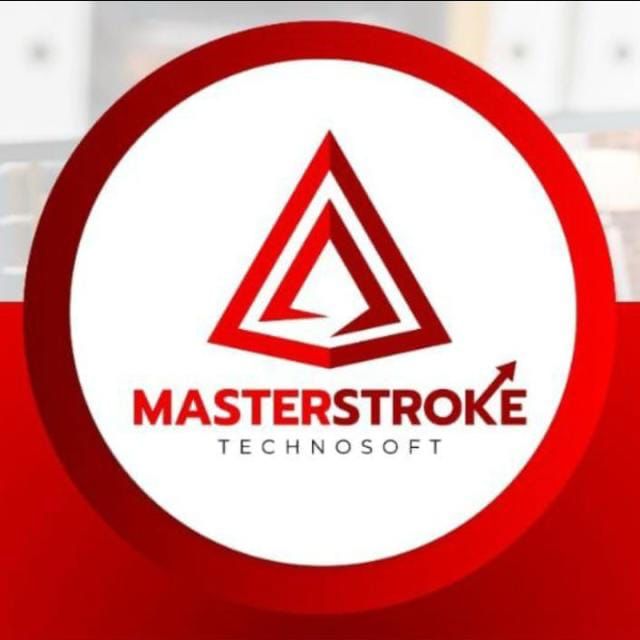New Tech Explored, Public Blockchain Explained: This method allows up to 21 validators to be active at any time from a pool of 45, ensuring decentralization while maintaining efficiency.

FinTech BizNews Service
Mumbai, June 12, 2025: The digital world is evolving fast, and with it comes the need for transparency, decentralisation, and security in data systems. Public blockchains were built with this vision. A public blockchain is a network that is open for anyone to join, read from, or write to. It does not require permission from any central authority, and it works purely based on pre-coded logic and distributed consensus.
Unlike traditional databases controlled by governments or corporations, public blockchains offer trust through code. Every transaction made on a public blockchain is permanently recorded and visible to anyone. This immutability ensures that no single person or organization can manipulate data for their benefit.
MST Blockchain, India’s first Layer 1 public blockchain, uses the Proof of Stake Authority (POSA) consensus mechanism. This method allows up to 21 validators to be active at any time from a pool of 45, ensuring decentralization while maintaining efficiency. Because POSA doesn’t require high computational power like older models such as Bitcoin, it is more eco-friendly and faster.
This open access and low barrier to participation make public blockchains ideal for real-world applications—from retail systems to educational certifications. The very idea is to give people the power to verify and trust systems without middlemen.